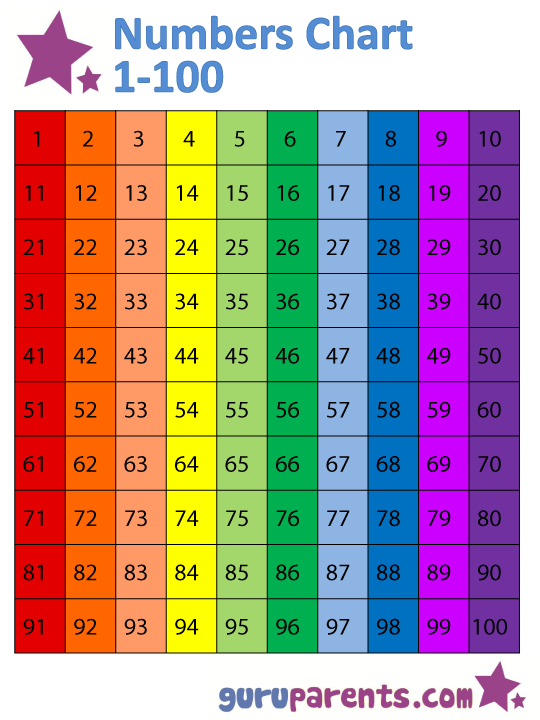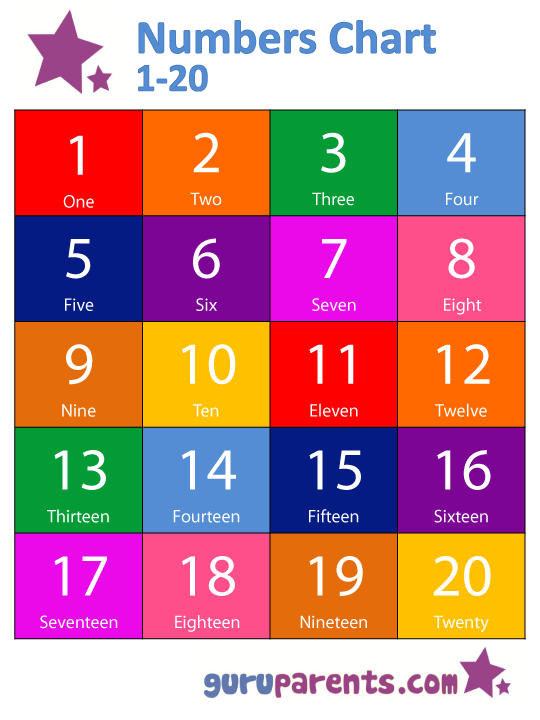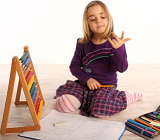
You can start teaching preschool math to children earlier than you might think. It is a skill that develops from an early age and increases in importance as your child progresses through school, crucial to the level of success and happiness they will find while at school.
The math that children learn at this age isn’t the math that adults think of when we hear the word. It’s learning to count and numbers – the basics. It just needs to be fun, interesting and provide plenty of interaction.
Check out our helpful range of preschool math activities you can do with your child.
Here are 7 ways to help teach your preschooler math:
1. Teaching math with song and games
There are many classic nursery rhymes you can sing with your child to develop their familiarity of numbers.
Some great songs for teaching math include ‘One, two, buckle my shoe’, ‘Ten Little Indians’ or ‘Five Little Ducks’. Through repetition of song your child will become familiar with numbers.
Look to involve numbers when you play games with your children. Play games that involve counting such as ‘Hide and Seek’ or ‘What’s the time Mr Wolf?’.
2. Teaching math by counting objects
Count aloud to your preschooler whenever an opportunity arises. 
You can count fingers and toes, mouthfuls of food, the number of toys in a box, the number of peas on a plate, the time it takes to pack toys away.
Start counting aloud as early and as often as possible.
3. Teaching one-to-one correspondence
Once your child starts to count in a proper sequence they will recite numbers in order but not associate those numbers with objects they are interacting with.
For example, your preschooler may count up to three while at the same time pulling down only two fingers on your hand, or they may count the same object twice.
Therefore once your child starts to count in sequence you need to really emphasize the way each number represents a new object.
A good way to teach one to one correspondence is to use specially designed counting picture books with your child (see picture).
Point to each item on the page as you count to develop one-to-one correspondence.
4. Teaching counting-on
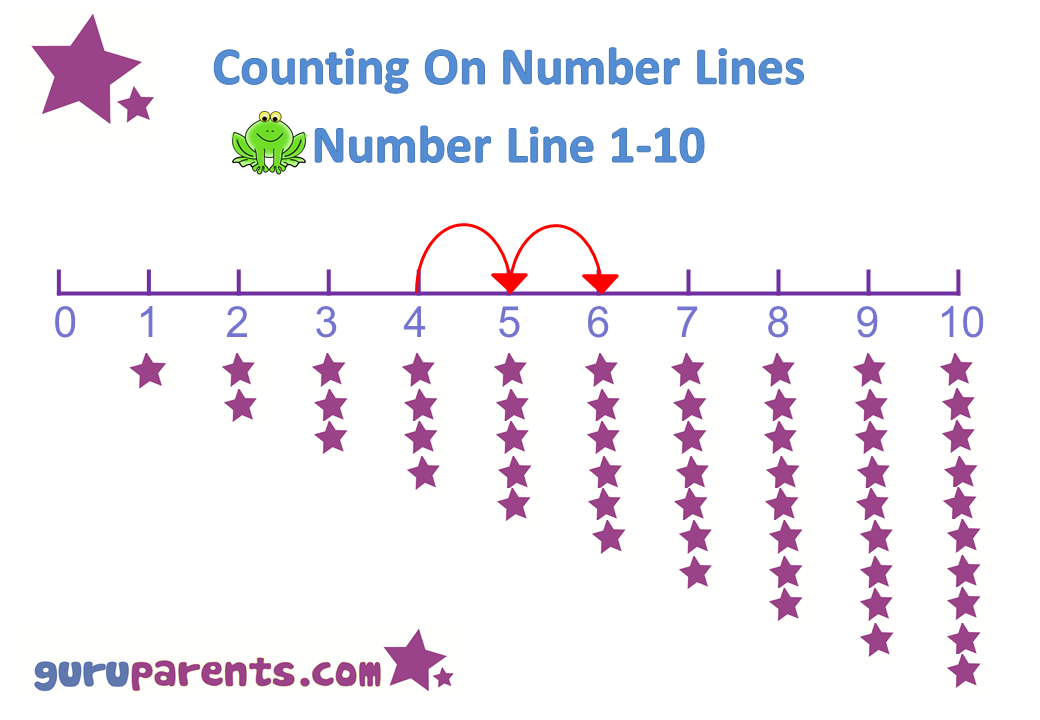 The next step is to help your child develop the ability to ‘count-on’. That is,your child needs to be able to continue a sequence of numbers picked at random.
The next step is to help your child develop the ability to ‘count-on’. That is,your child needs to be able to continue a sequence of numbers picked at random.
For example you can ask your child ‘5, 6, 7, what comes next?’
5. Teaching numbers with flash cards
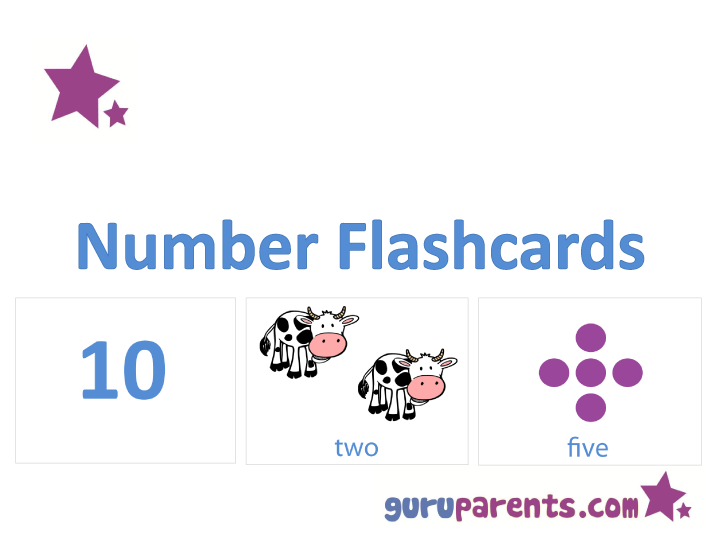 Use flash cards to help your child to learn to count and memorise numbers.
Use flash cards to help your child to learn to count and memorise numbers.
Once your child is confident with their numbers you can then start to use the flash cards to teach basic addition and subtraction.
Our number flashcards include numbers, images and/or the name of the number, so you can choose one to suit your child’s level.
6. Teaching to count with worksheets
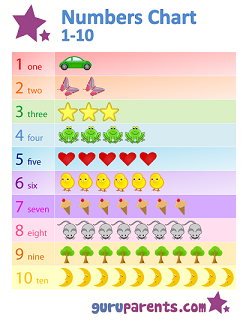 There are thousands of different worksheets available to use as activities to teach your child the basics in math.
There are thousands of different worksheets available to use as activities to teach your child the basics in math.
Check out our preschool number activities for ideas on how to teach numbers to your preschooler, and our worksheets page for more free worksheets.
7. Advanced Numbers
Once your child has mastered counting one to ten you can move on to more advanced numbers up to twenty or more.
Introducing a hundreds chart is a good idea to teach more advanced numbers.
Final note
Provide your child with practical examples to use their math skills in everyday life. The supermarket is a great place to practice math – you and your child can compare the price of each product, and discuss money needed to pay for the groceries.
There are many other everyday activities involving maths you can discuss with your child such as weighing and measuring in the kitchen and around the house, patterns and sports statistics, bus and train timetables and restaurant menus.
The time you spend teaching preschool math to your children will give them a wonderful foundation for their school years.


